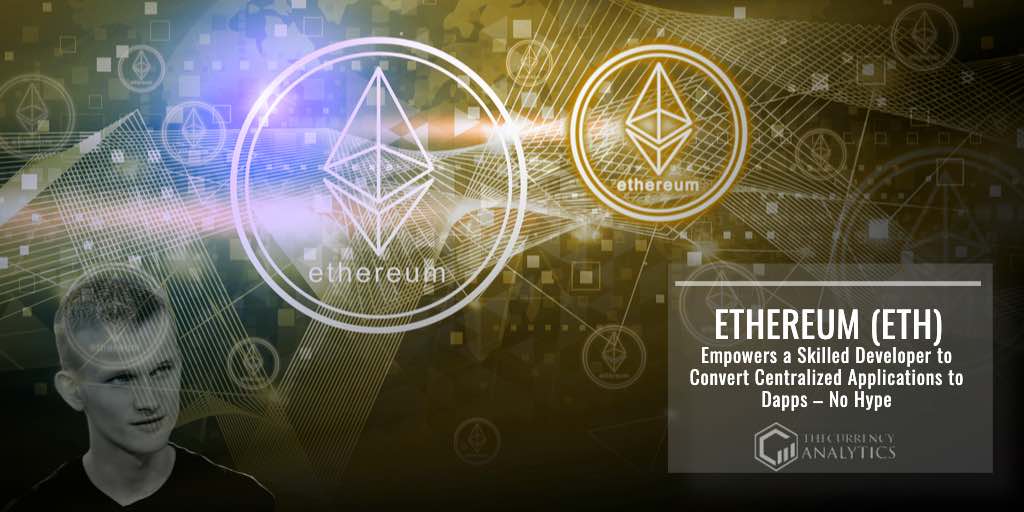
Ethereum started with Vitalik Buterin’s white paper in the year 2013. Ethereum aims to work as a decentralized internet and a decentralized app store. The computational resource was crucial for the functioning of the concept. The currency was also required to pay for the resource and to run the application or the program. Ether came in to being to serve as the currency for the decentralization concept.
The action or transaction value required for the execution of a particular task on the network system is calculated using “Gas.” How much fuel is required to run the network with computing power is calculated, and the payments are transacted with ETH accordingly.
Ethereum wants to establish itself well in executing smart contracts. While ETH is a cryptocurrency, it is mainly used as one of the components of its smart contract. In short, the Ethereum blockchain network facilitates the development of decentralized apps powered by smart contracts. The ETH supply is endless.
Confirmations are quicker in ETH, with the goal being that the block mining should not be more than 10 minutes. Ethereum allows for decentralized mining. Every action in ETH can be calculated subject to the availability of computing power; this is known as Turing completeness.
Sydney Ifergan, The crypto expert, tweeted: “EthereumNetwork empowers a Skilled Developer to Convert #Centralized Applications to #Dapps. Whether you buy ether or earn it in mining reward, be sure that Vitalik Buterin does not create a hype around the value of #Ethereum.”
Limitless possibilities facilitated by Ethereum creates security and scaling issues. Ethereum blockchain is based on Bitcoin’s protocol with sufficient code tweaking to allow for applications beyond what the money systems will be able to support.
Transactions are clubbed into a block, and several blocks form a blockchain. However, before the blocks get added to the network, it should be mined and validated. Mining is where the group of nodes, complete their proof of work challenge to solve the mathematical puzzle to validate the transaction.
The miner who validates the block is rewarded with Ether tokens. Every time a miner proves the Ether Block, a new token is generated and awarded to the miner. Miners in the Ethereum network validate the blocks and are the reason for the generation of new ETH. Computers with high computational power can solve the puzzle quickly.
Get the latest Crypto & Blockchain News in your inbox.